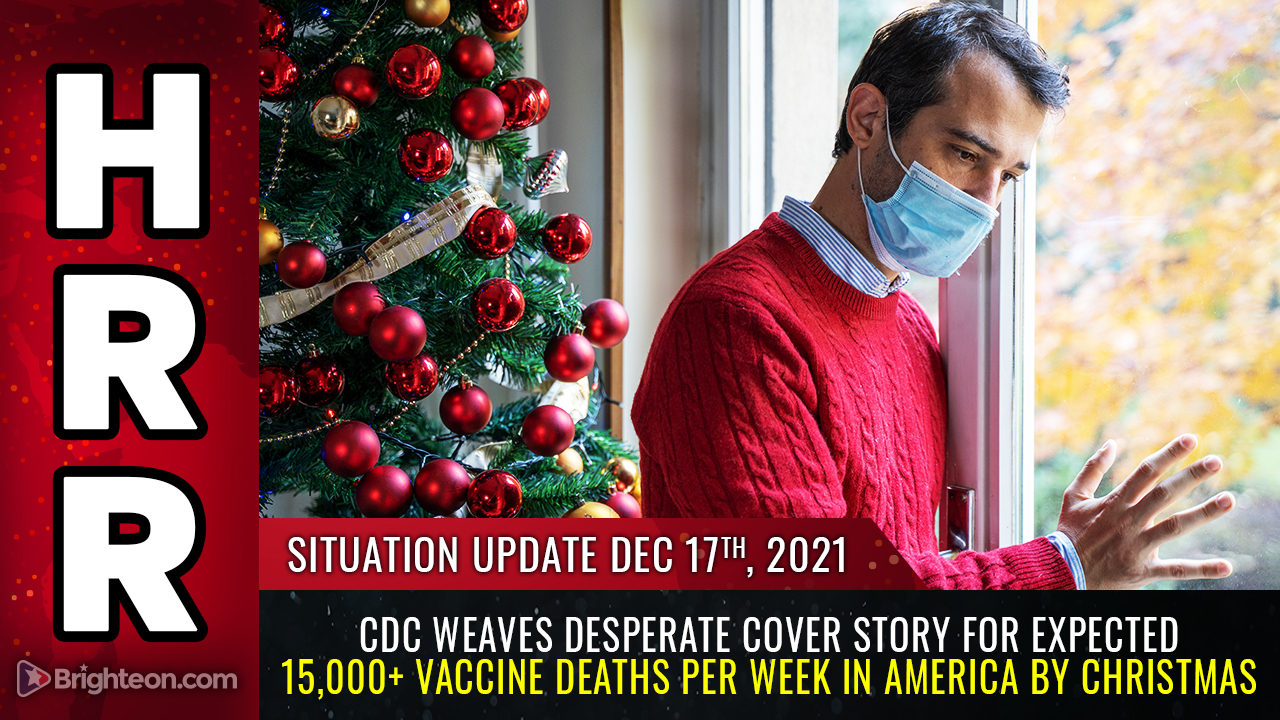New Delhi under weeklong coronavirus lockdown as “cases” surge in Indian capital
04/21/2021 / By Arsenio Toledo

Officials in the Indian capital of New Delhi have plunged the city into a weeklong total lockdown that began on Monday, April 19. This was supposedly done to prevent the city’s healthcare infrastructure from collapsing due to the massive surge of Wuhan coronavirus (COVID-19) cases and deaths that have been recorded.
India has been trying to avoid the severe lockdowns that pummeled the country’s economy last year, but New Delhi Chief Minister Arvind Kejriwal said that the weeklong lockdown is necessary to prevent the city’s hospitals from completely breaking down. (Related: Post-vaccine variants: India discovers new “double mutant” Wuhan coronavirus strain.)
“Delhi’s health system is unable to take more patients in big numbers,” said Kejriwal during a virtual press briefing on Monday. “I don’t say that the system has collapsed, but it has reached its limits. If a lockdown isn’t implemented now, the situation will go beyond control.”
Many hospitals in the city are already turning away patients due to lack of beds. Even people with severe COVID-19 cases can’t find the proper facilities to take care of them because hospitals are running low on oxygen and other supplies.
Kejriwal’s government said it had informed the administration of Prime Minister Narendra Modi about the city’s “dire need of beds and oxygen,” and that beds were being set up in schools and other requisitioned emergency facilities. The Chief Minister claimed that New Delhi’s oxygen supply quota was cut and diverted to other states.

People living and working in the metropolis of nearly 30 million have spoken to news outlets about seeing ambulances making their way from one hospital to another trying to find an empty bed, with many more patients lining up outside the hospitals waiting to be let in. People have even spoken about ambulances idling outside crematoriums, with some carrying half a dozen bodies in their vehicles.
“People keep arriving, in an almost collapsing situation,” said Dr. Suresh Kumar, medical director of Lok Nayak Hospital, one of the largest hospitals in New Delhi. Lok Nayak, which has 1,600 beds, has been temporarily converted to focus on treating COVID-19 patients.
According to health authorities, there are fewer than 100 beds with ventilators available and fewer than 150 beds for patients who require critical care.
New Delhi reported 25,463 new COVID-19 infections on Monday, nearly three times its previous biggest daily tally of around 8,500 cases during its peak in November last year.
People in New Delhi terrified of lockdowns, even short ones
At 10 p.m. on Monday, all non-essential businesses and services in New Delhi were forced to shut down, including many workplaces like shops and factories. People are not allowed to leave their homes, except for a handful of reasons, such as seeking and providing medical care and purchasing necessary groceries.
People are allowed to leave New Delhi, as airports and train stations would remain operational. This policy was made so that the city’s large migrant work force can return to their home villages, or visit neighboring states to look for work.
Many people are still terrified of the extremely harsh lockdown they experienced last year. Amrit Tripathi, a laborer working in New Delhi, remembered walking hundreds of miles to get home during last year’s lockdown. “We will starve,” said Tripathi.
Learn more about the state of the coronavirus pandemic in other countries like India by reading the latest articles at Pandemic.news.
Sources include:
Tagged Under: Collapse, coronavirus, coronavirus lockdowns, covid-19, economy, government, India, infections, lockdowns, New Delhi, outbreak, pandemic, prevention




















